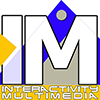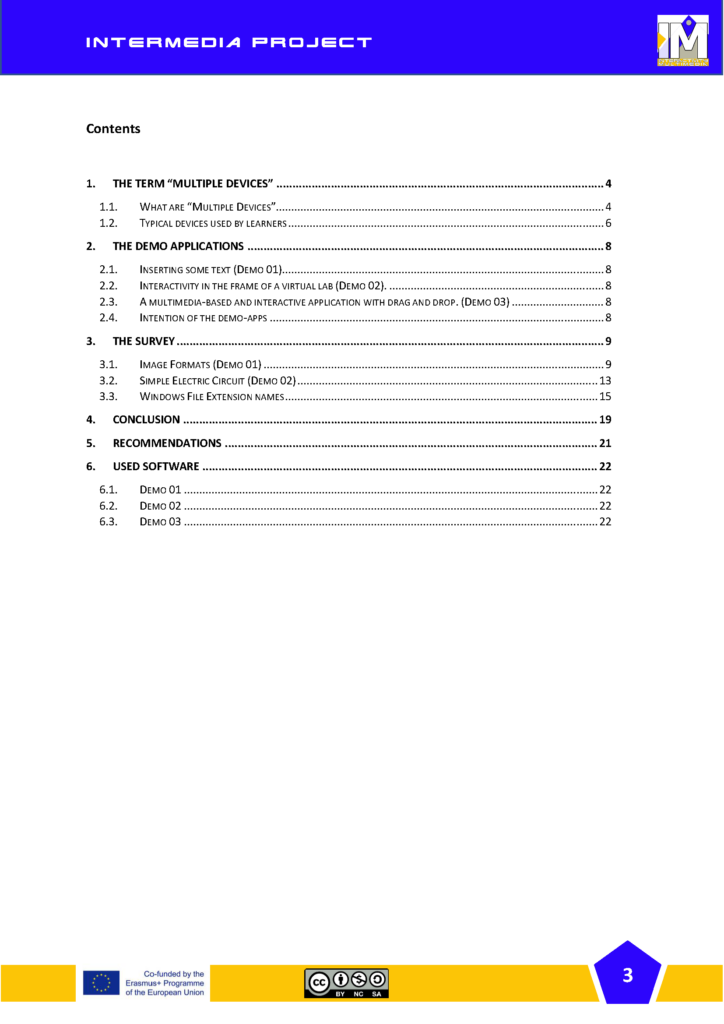The report deals with the use of so-called “Multiple Devices” in the learning process. Different devices are analysed and evaluated in terms of their suitability for displaying multimedia content and for solving interactive tasks. An empirical case study was conducted, evaluated and interpreted with adult learners and trainers as part of the activity. The project team concluded by compiling recommendations for the use of multiple devices.
The Report explores the concept of using different devices in the context of learning, analyzing their characteristics and typical devices used by learners. The report showcases demo applications that highlight interactivity and multimedia content, including text insertion, virtual lab interactivity, and drag-and-drop functionality.
A survey on image formats, simple electric circuits, and Windows file extension names is presented, followed by conclusions and lessons learned regarding smartphones, the layout of multimedia-based learning content, and the context between offered learning material and learners’ experience. The report concludes with recommendations for effective implementation and lists the software used for the demo applications.
Interactive presentation of the report (with download link) by Peter Mazohl
Contents of the Multiple Devices report
Multiple Devices issues – explained?
Multiple devices can pose challenges in the training process due to several reasons. Firstly, the diversity of the used technical equipment (laptops, tablets or other) introduces compatibility issues, making it challenging to ensure seamless content delivery and consistent user experiences across different platforms. This fragmentation can hinder the effectiveness of training, as learners may encounter difficulties accessing or interacting with the materials.
Secondly, managing the use of technology adds complexity to the training environment. It requires additional resources and expertise to set up, configure, and maintain the technology, increasing the logistical and technical burden for trainers and administrators. This can result in time-consuming troubleshooting efforts and potential disruptions to the training sessions.
Moreover, the use of various devices in the learning process can impact learning continuity. Learners may need to transition between different hardware, which can disrupt their focus and engagement. Inconsistent user interfaces and interaction patterns across devices may lead to confusion and hinder the learning process.
Addressing these issues requires careful planning, device compatibility considerations, and user-friendly interfaces to ensure a smooth and effective training experience across the use of technology-enabled learning.
Views: 0

